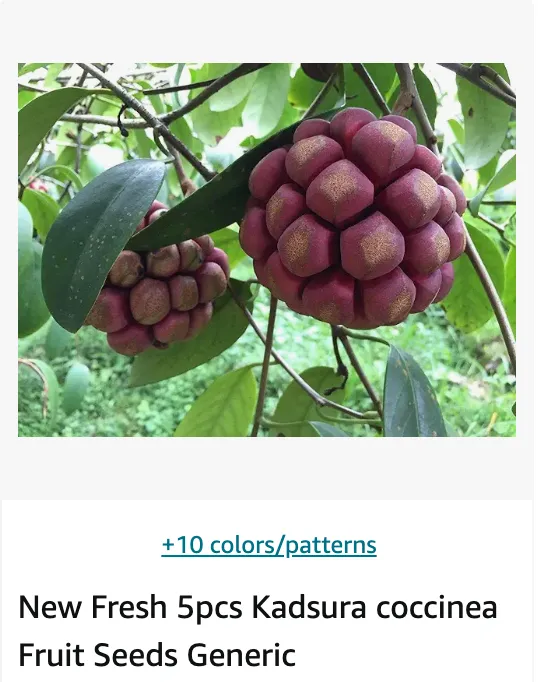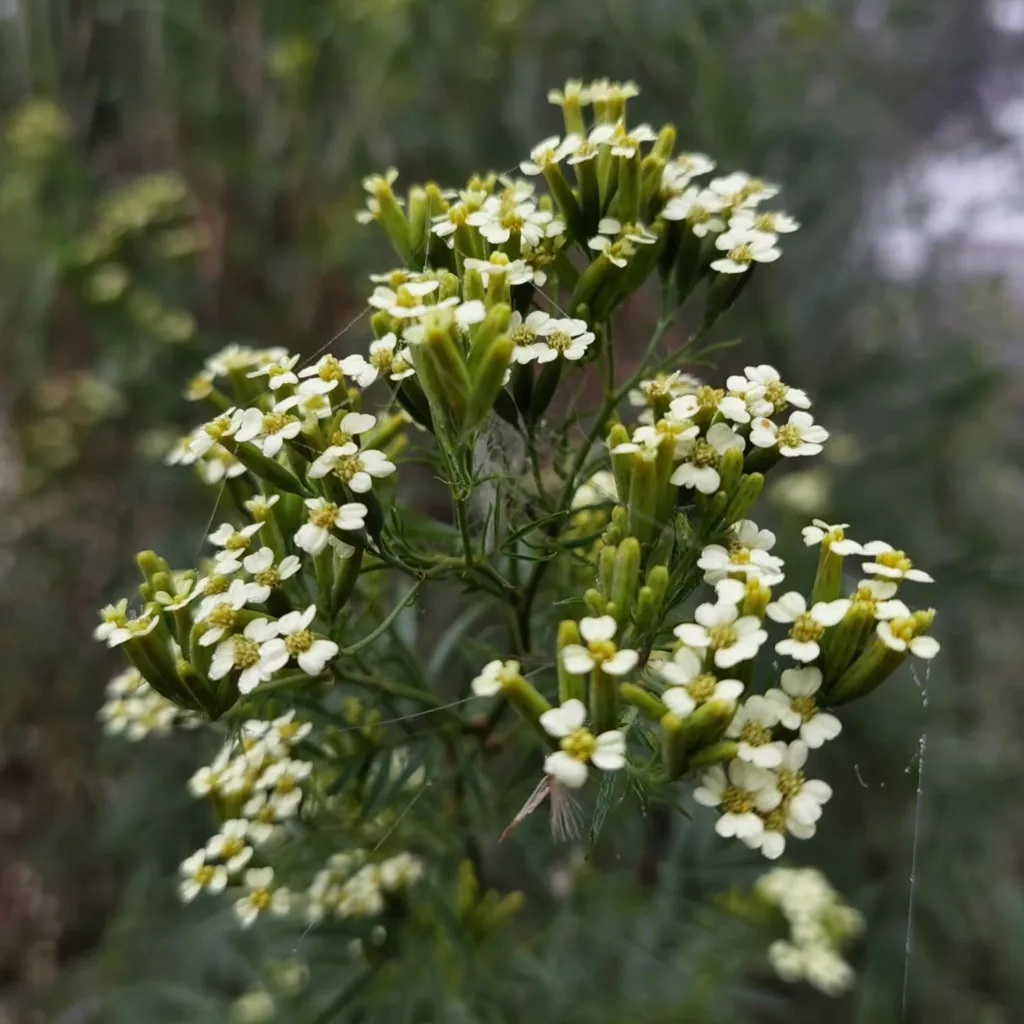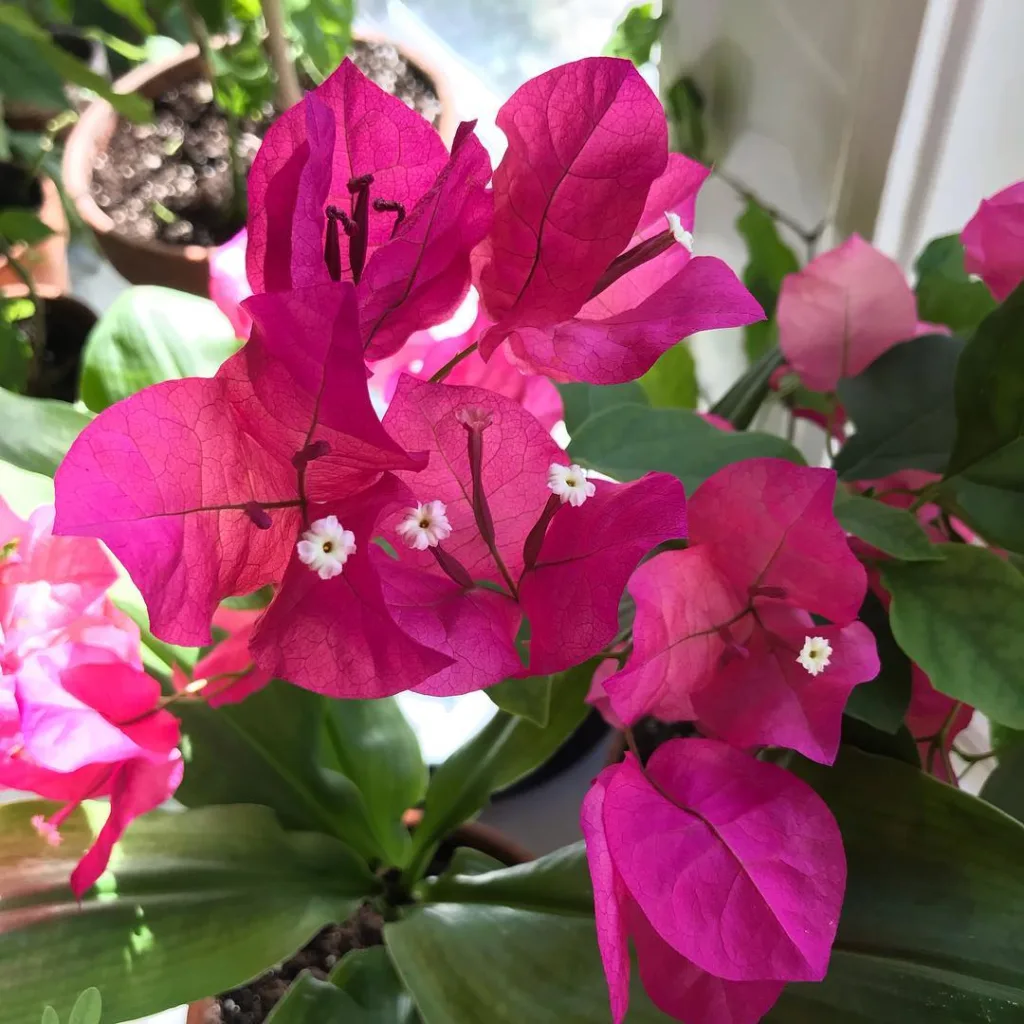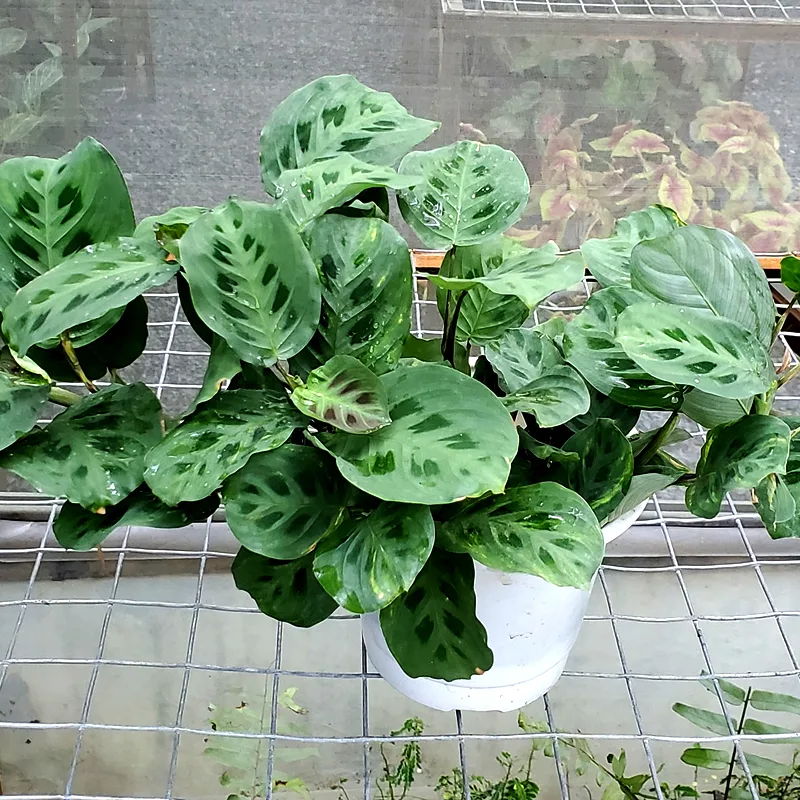
Kadsura Coccinea: A Vietnamese Climbing Wonder – FAQs by Ferb Vu
For those with a passion for unique and captivating plants, Kadsura Coccinea might just be the missing piece in your garden. This captivating climber, hailing from the mountains of China and Vietnam, boasts not only stunning visuals but also intriguing characteristics.
Over the years, I’ve fielded many questions about this fascinating vine. So, I decided to compile this FAQ to answer some of the most common inquiries and share my experience cultivating Kadsura Coccinea.
17 Species in Genus Kadsura
What is Kadsura Coccinea?
Kadsura Coccinea, also known as Na Rừng in Vietnamese, is a vigorous, woody vine native to the mountainous regions of China and Vietnam. It’s known for its beautiful, fragrant flowers and large, unusual fruits. The mature vine can reach up to 4 meters (13 feet) in height, making it a perfect candidate for trellises, fences, or walls.
How do I Care for Kadsura Coccinea?
Kadsura Coccinea is a relatively low-maintenance plant, but there are some key things to keep in mind for optimal growth:
- Light: This vine thrives in moderate, indirect sunlight. Direct sun exposure, especially during the harsh afternoon hours, can scorch the leaves. Consider planting it near a structure that provides dappled shade.
- Water: Consistent moisture is crucial. Aim to keep the soil evenly moist but not waterlogged. During hot, dry periods, increase watering frequency.
- Soil: Kadsura Coccinea is adaptable to various soil types, including sandy, loamy, and even clay. However, well-drained soil is essential to prevent root rot. Amending the soil with compost can improve drainage and nutrient availability.
- Temperature: This plant prefers warm climates. Protect it from freezing temperatures, especially young plants. If you live in a colder region, consider growing it in a container that can be brought indoors during winter.
- Fertilizer: While not strictly necessary, a balanced fertilizer applied every two weeks during the growing season (May to October) can encourage vigorous growth and flowering.
How do I Propagate Kadsura Coccinea?
There are three main methods for propagating Kadsura Coccinea:
- Seeds: Seeds can be sown in the fall in a cold frame. Once seedlings are large enough to handle, transplant them into individual pots and provide winter protection in a greenhouse. Plant outdoors in early summer after the danger of frost has passed.
- Cuttings: Semi-ripe wood cuttings taken in August can be rooted in a frame with a good success rate. Overwinter them in a greenhouse before planting outdoors in late spring.
- Layering: Long shoots can be layered in the autumn. Once roots develop, sever the connection to the mother plant and pot them up for independent growth.
Important Note: Kadsura Coccinea is dioecious, meaning individual plants have either male or female flowers. If you desire fruits, you’ll need to plant both male and female specimens.
How does Kadsura Coccinea Compare to Akebia Quinata (Five-leaf Akebia)?
Both Kadsura Coccinea and Akebia Quinata are attractive, climbing vines with interesting fruits. However, there are some key differences:
- Flowers: Kadsura Coccinea boasts fragrant, reddish-orange flowers, while Akebia Quinata produces fragrant, purple flowers.
- Fruits: Kadsura Coccinea has large, fleshy, sausage-shaped fruits, whereas Akebia Quinata has elongated, purple pods that split open to reveal edible black seeds.
- Growth Habit: Kadsura Coccinea is a more vigorous climber compared to the slower-growing Akebia Quinata.
- Sun Tolerance: Kadsura Coccinea prefers partial shade, while Akebia Quinata can tolerate more sun exposure.
Ultimately, the choice between these two vines depends on your personal preferences and garden conditions.
What are the Uses of Kadsura Coccinea?
Kadsura Coccinea offers a multitude of benefits:
- Ornamental Value: The stunning flowers, attractive foliage, and unique fruits make it a captivating addition to any garden.
- Food: The ripe fruits are considered a delicacy in Vietnam and are enjoyed for their sweet, slightly acidic flavor. Disclaimer: It’s important to note that some sources advise caution when consuming the fruits in large quantities. Always consult with a healthcare professional before consuming any unfamiliar plant material.
- Traditional Medicine: In some regions, Kadsura Coccinea is used in traditional medicine for various ailments. However, more research is needed to validate these claims.
Where can I buy Kadsura Coccinea?
Kadsura Coccinea might not be readily available at your local nursery. However, you can try online retailers specializing in rare or unusual plants. Be sure to choose a reputable seller with experience shipping live plants.
Common Problems with Kadsura Coccinea
While generally a trouble-free plant, Kadsura Coccinea can face a few challenges:
- Overwatering: Excessive moisture can lead to root rot. Ensure proper drainage and adjust watering based on weather conditions.
- Pests and Diseases: This vine is relatively pest and disease resistant. However, keep an eye out for common garden pests like aphids or spider mites. Organic methods like insecticidal soap or neem oil can be used for control.
- Slow Growth: Young plants might take some time to establish themselves. Patience is key! Providing consistent care and ideal growing conditions will encourage healthy growth.
Additional Tips for Growing Kadsura Coccinea
- Support: As a climber, Kadsura Coccinea needs a sturdy support structure like a trellis, fence, or wall. Train the vine to climb as it grows.
- Pruning: Minimal pruning is necessary. However, you can prune lightly after flowering to maintain shape and encourage bushier growth.
- Winter Protection: If you live in a region with freezing temperatures, protect young plants with mulch or burlap cloth during winter. Container-grown plants can be brought indoors for added protection.
The Future of Kadsura Coccinea
Kadsura Coccinea holds promise as a unique and valuable addition to our gardens. With its captivating beauty, potential culinary uses, and adaptability, this Vietnamese wonder is sure to gain popularity among adventurous plant enthusiasts.
Remember: Always research thoroughly before introducing any new plant species to your garden, especially if you plan to consume the fruits. Consider consulting with local experts or agricultural extension services for specific guidance in your region.
If i die, water my plants!



